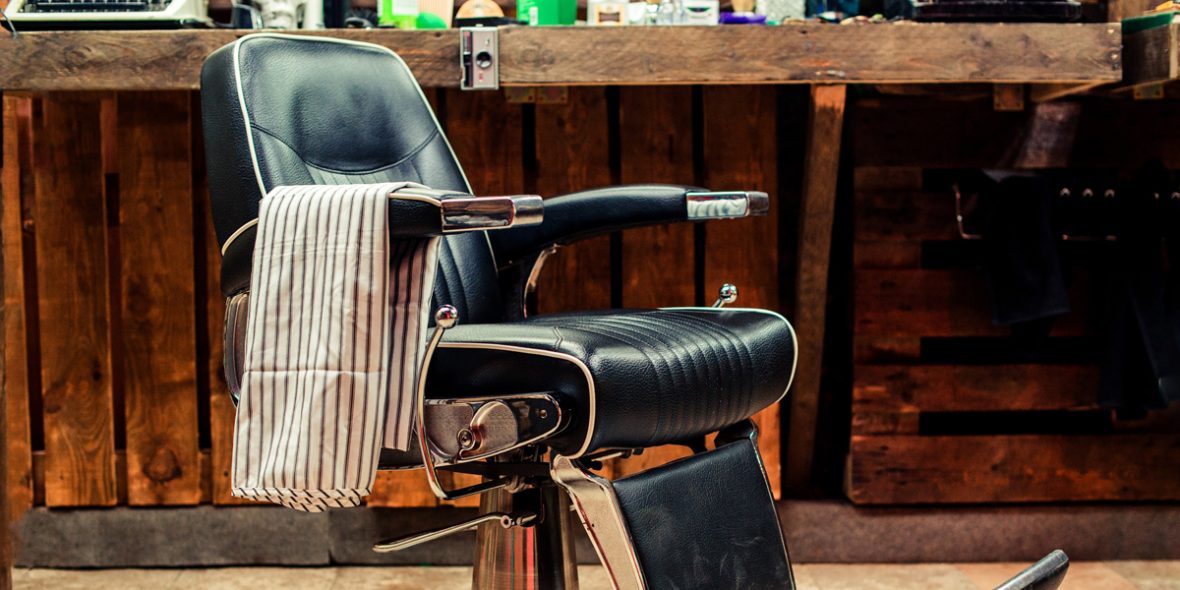
In my spare time, I am a fan of Drew Pritchard’s TV shows “Salvage Hunters” and “Salvage Hunters: Classic Cars”. When visiting fellow antiques dealers and auction houses Drew often unearths a gem that has been “hidden in plain sight” from the great British public as well as from his trader competitors. What is it he sees? He is somehow able to spot the innate desirability within objects that others walk straight past. He frequently uses the word “quality” to describe what attracts him.
One thing that Drew recognizes is that there is a certain elegance that comes through simplicity and purposefulness. This aligns with what I was told at college (many years ago): that “quality” was simply defined as “fitness for purpose”. Although I believe this to be true when looking at physical objects such as industrial furniture I think that quality in design is something much more than this.
When we are striving for high quality in design what we are looking for a solution that achieves an optimal balance between meeting or exceeding a customer’s requirements. There is more to requirements than it may seem: in some instances the lowest cost solution may be the best, but in other cases the solution that is available in the shortest time may be required. The delivery time is of course a requirement too, as would be tooling cost, geographic / import constraints for example. What it really boils-down to is a clear definition of requirements (both technical & commercial) and an understanding of a client’s (mostly) unstated expectations.
It is interesting to note that when analysing a product from the past the commercial requirements are not in evidence and the quality of the part is measured by only its technical requirements such as functionality.
Starting a project without documented requirements is a recipe for failure. The technical and commercial requirements are essential to the design activity as they are used as a yard-stick to measure the quality, or acceptability of the design. With requirements in place a design review is then a simple affair, as the designer just works through the requirements in turn and demonstrates how each is met. The boxes get ticked and we all move forwards.
The next level up from meeting the requirements is the “delighter”. These are the features or attributes that deliver something over-and-above expectation to add extra value for the client. They are often things that the client does not initially mention or even know they need. The trick is to go the extra mile if possible to really understand the product’s lifecycle and to introduce delighters at little or no additional cost. By way of example, markings to indicate screw types or lengths can be moulded-in to plastic parts to assist during manufacture. Metal plates that would be laser profiled could be surface marked with part outlines to indicate to production where the parts are to be assembled. Once these features are in the design they cost little or nothing in the manufacturing stage.
Evolving, adding or changing requirements part-way through the project usually only serves to throw the project into a tail-spin. At best the project should be suspended momentarily whilst the change in requirements is assessed for impact to cost & schedule. At worst the change will require a reset to the previous phase of the project, resulting in wasted time & NRE costs.
In the last few months we designed a large (9m long!) high security cage that was made-up of many pre-assembled panels. There were lots of panel variants that were similar in construction, but with some parts subtly different out of necessity. The parts needed to be welded together to meet stringent security requirements and to this end the members were slotted to enable them to be “self-jigging”, thus negating the need for any bespoke tooling and time-consuming set-ups. As the parts were laser profiled we took the opportunity to laser-etched each part with its part number for easy identification at the assembly stage. The team responsible for assembly were delighted with how easy it was to assemble and install on-site at the end-customer’s premises.
Warley Design offers mechanical design, engineering and product development services to a broad range of industries. Have a project in mind? Call us now on Tel: +44 (0)1277 261066 or email us at info@warleydesign.co.uk